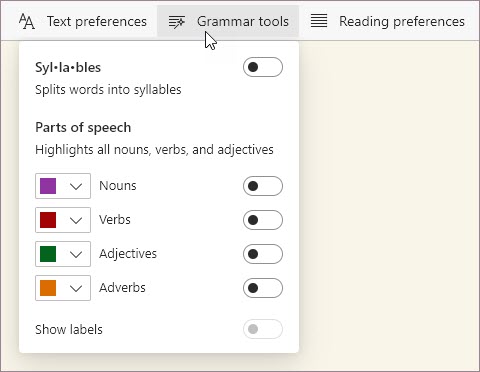

If you are using two dictionaries–both custom.dic and a second one of specialized words–you’ll want Word to use words from both files when it makes suggestions for correcting the items it has flagged as spelling errors. Now you can add words to the dictionary as detailed in Tip 3 above. Click New, type a name for your dictionary file, and click Save. To create a second dictionary, choose File, Options, Proofing, and click Custom Dictionaries. Maintaining a second file can be beneficial, as you can share it with other users without sharing your own personal custom.dic or needing to overwrite the other user’s custom.dic file with your version. If your business uses certain industry terms, it’s convenient to have a dictionary of those terms on hand, to prevent Word from flagging them as misspellings.Ĭreate a dictionary of terms that are special to your business.You can either add the special terminology to your own custom.dic file or create a second dictionary file of the specialized terms. For example, a doctor’s office uses medical terminology, and a mining office uses mining jargon. Use Multiple Dictionaries for Different Projects Word will no longer proof the selected text, now or at any time in the future. Click the Do not check spelling or grammar checkbox, and click OK. Then click the Review tab on the Ribbon toolbar, and choose Language, Set Proofing Language. To disable spelling checks for such situations, first select the text in question. Computer programming code, scientific data, and other specialized text often includes words that don’t live in Word’s dictionary, so the spelling checker frequently flags them. Make sure Word leaves your programming code alone. Configure Text So That Word Doesn’t Check It You can still spelling-check the document, of course, by clicking the Review tab on the Ribbon toolbar and selecting Spelling & Grammar, or by pressing the shortcut key, F7.ħ. Click OK, and the document will stop showing wiggly underlines. Within the ‘Exceptions for:’ group of options, make sure the current document name appears in the box, and click Hide spelling errors in this document only. This feature lets you control the visibility of the wiggly lines on a document-by-document basis, without disabling the spelling checker itself.Ĭhoose File, Options, Proofing. Hide the lines that identify a misspelled word on a document-by-document basis.If you like to work with ‘Check spelling as you type’ enabled, but wish to hide the wiggly underlines for one document only to reduce distractions, you can do so. Hide the Wiggly Underlines, Just This Once These changes apply instantly, and will remain in place even after you shut down and restart Word. When you are done, click OK to return to editing the document. You can also disable Flag repeated words if you find Word’s highlighting of repeated words annoying. If you don’t want Word to report email addresses and URLs as misspellings, for example, click to enable the Ignore Internet and file addresses checkbox. Here you can set preferences, such as ‘Ignore words in UPPERCASE’ and ‘Ignore words that contain numbers’. To see the preferences that Word is currently configured to use, choose File, Options, Proofing. You can configure Word so that it doesn’t report URLs and other special items as misspellings. But if you have a long list of words to add, it’s best to do so by editing the dictionary file itself. When you’re done, click OK to exit the dictionary.Īdding words one at a time is sensible if you have only a few. Click the custom.dic file–or the name of the dictionary to add the words to, if you are using a special dictionary–and click Edit Word List. If you know ahead of time that you will be using some unusual words, and if you do not want Word to report them as possible misspellings, you can add them to the dictionary.Ĭhoose File, Options, Proofing, and click Custom Dictionaries. If you use an obscure word often, you can get Word to stop flagging it. Here you should click the language to use for the selected text the listed languages displaying checkmark icons are available for use in checking spelling.

Then click Language and choose Set Language in the Proofing group of buttons. To arrange this, select the text in French (or whatever foreign language you’re using), and click the Review tab on the Ribbon toolbar. You can avoid that situation by setting Word to check the French text using a French word list.


 0 kommentar(er)
0 kommentar(er)
